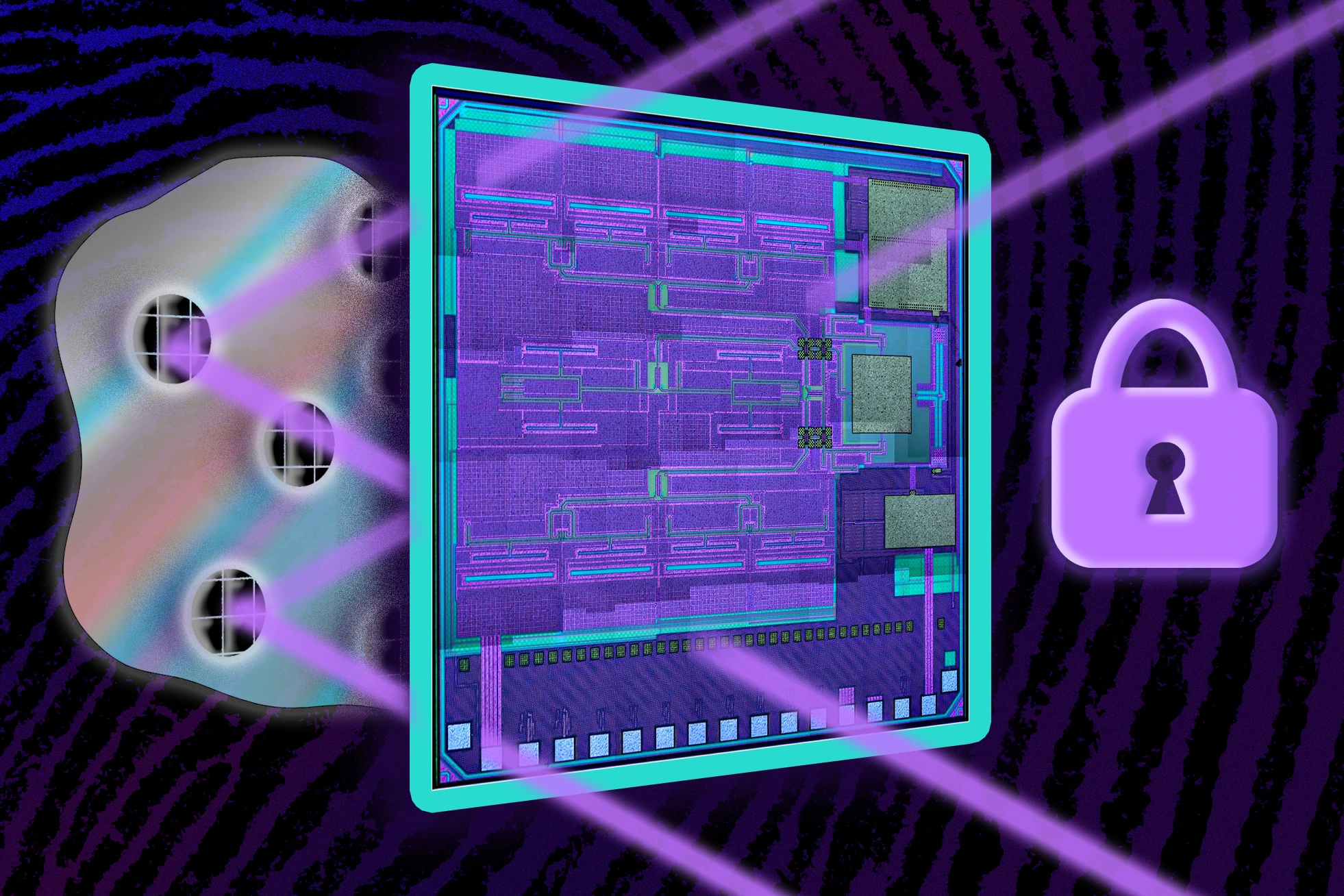- cross-posted to:
- tech@lemmit.online
- cross-posted to:
- tech@lemmit.online
TL;DR MIT researchers have developed an antitampering ID tag that is tiny, cheap, and secure. It is several times smaller and significantly cheaper than the traditional radio frequency tags that are used to verify product authenticity. The tags use glue containing microscopic metal particles. This glue forms unique patterns that can be detected using terahertz waves. The system uses AI to compare glue patterns and calculate their similarity. The tags could be used to authenticate items too small for traditional RFIDs.



To clarify what OP meant by his ‘AI’ statement
The researchers noticed that if someone attempted to remove a tag from a product, it would slightly alter the glue with metal particles making the original signature slightly different. To counter this they trained a model:
It’s a good use case for an ML model.
In my opinion, this should only be used for continuing to detect the product itself.
The danger that I can see with this product would be a decision made by management thinking that they can rely on this to detect tampering without considering other factors.
The use case provided in the article was for something like a car wash sticker placed on a customers car.
If the customer tried to peel it off and reattach it to a different car, the business could detect that as tampering.
However, in my opinion, there are a number of other reasons where this model could falsely accuse someone of tampering:
In the end, most management won’t really understand this device well beyond statements like, “You can detect tampering with more than 99 percent accuracy!” And, unless they inform the customers of how the anti-tampering works, Customers won’t understand why they’re being accused of tampering with the sticker.